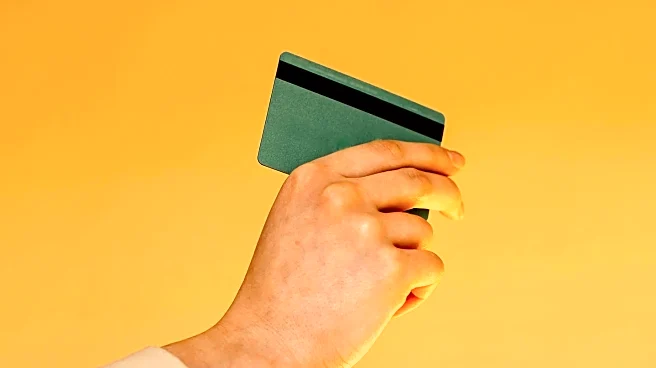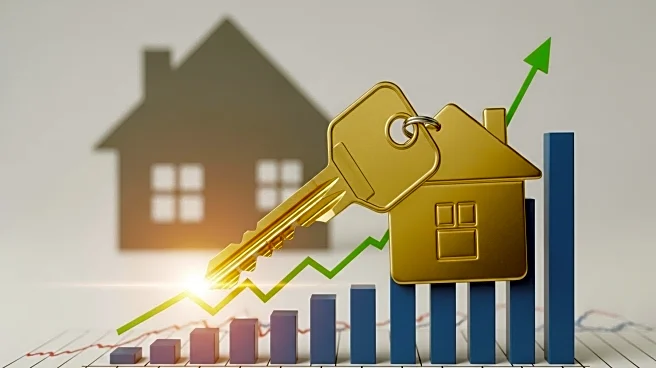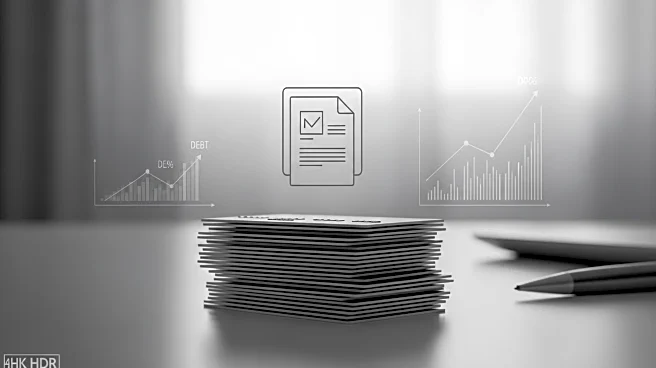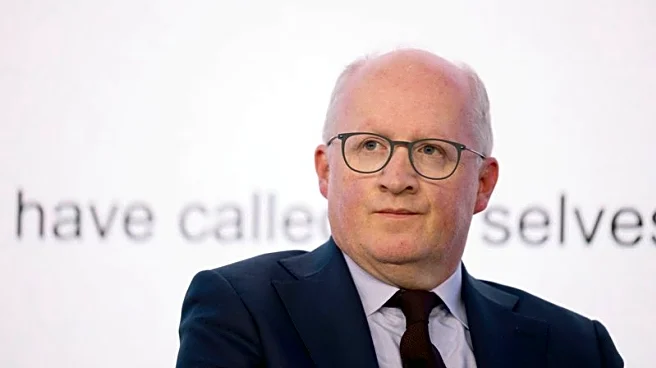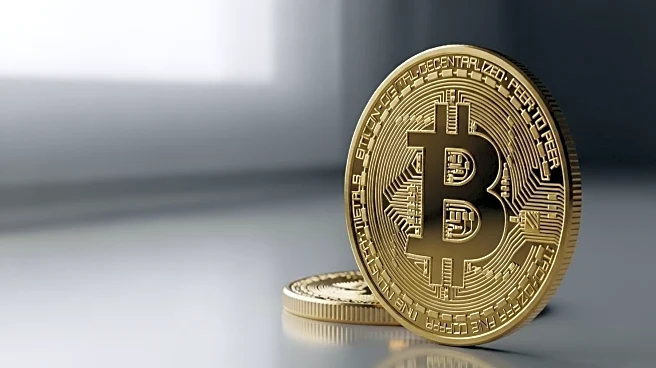What is the story about?
What's Happening?
Life Kit has introduced a new newsletter series aimed at helping Americans manage and reduce their credit card debt. This initiative comes in response to the rising credit card balances in the United States, which reached $1.21 trillion in the second quarter of 2025, marking a 5.87% increase from the previous year. The newsletter, designed as a month-long series, provides subscribers with expert strategies to create effective payment plans, save money, and ultimately reduce their debt. The series includes practical advice on reframing one's relationship with debt, prioritizing which cards to pay off first, and finding ways to increase income. Financial educator Rita-Soledad Fernández Paulino emphasizes the importance of setting aside significant cash to tackle balances, noting that paying only the minimum often results in slow progress due to high interest rates.
Why It's Important?
The introduction of this newsletter is significant as it addresses a growing financial concern for many Americans. With inflation and living costs on the rise, more individuals are struggling to manage their credit card debt, which can have long-term financial implications. High interest rates exacerbate the issue, making it difficult for people to make substantial progress in reducing their balances. By providing structured guidance and practical tips, Life Kit's newsletter aims to empower individuals to take control of their financial situations. This initiative could potentially lead to improved financial stability for subscribers, reducing the overall debt burden and contributing to a healthier economy.
What's Next?
Subscribers to the newsletter can expect to receive weekly emails over the course of a month, each offering new strategies and insights into debt management. After the initial series, Life Kit will continue to send weekly emails covering various lifestyle topics, including health and relationships. The success of this initiative may prompt further educational content from Life Kit, potentially expanding into other areas of personal finance. As more individuals engage with the series, there may be increased demand for similar resources, encouraging other organizations to develop comparable financial literacy programs.
AI Generated Content
Do you find this article useful?
